Kris T. Huang, MD, PhD, CTO
Based on the notion of biological neurons, deep neural networks (DNNs) loosely mimic the networked structure of a (very) simplified brain of sorts. DNNs have revolutionized and automated a number of tasks that were once considered next to intractable, yet we appear to be reaching a plateau as we bump up against the limitations of DNNs. From the opaque nature of neural network models, susceptibility to adversarial attacks, to large data requirements, there are a number of weaknesses uncovered by research that have been quietly reminding us that although pure connectionist models like DNNs mimic biological systems, they remain for the time being rough approximations.
